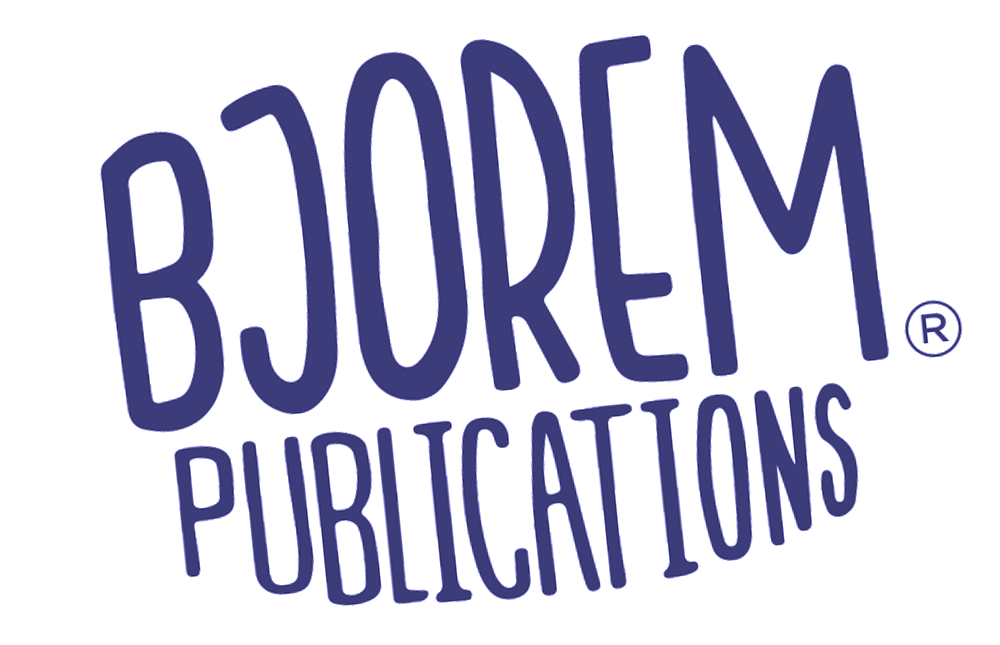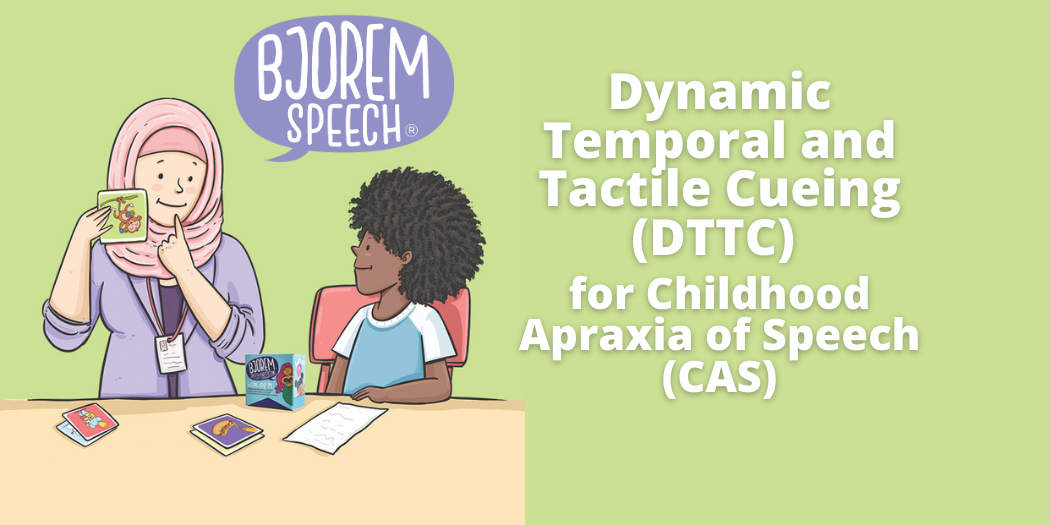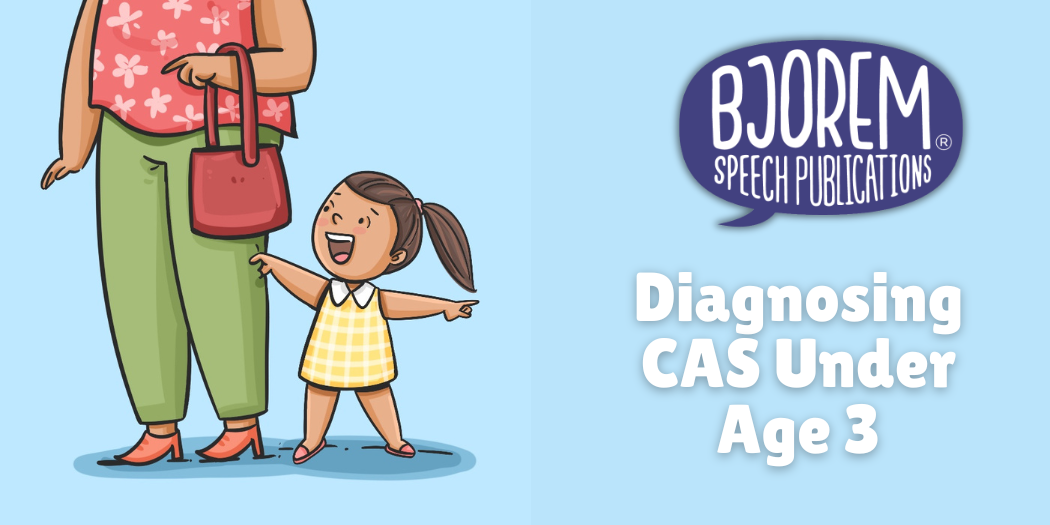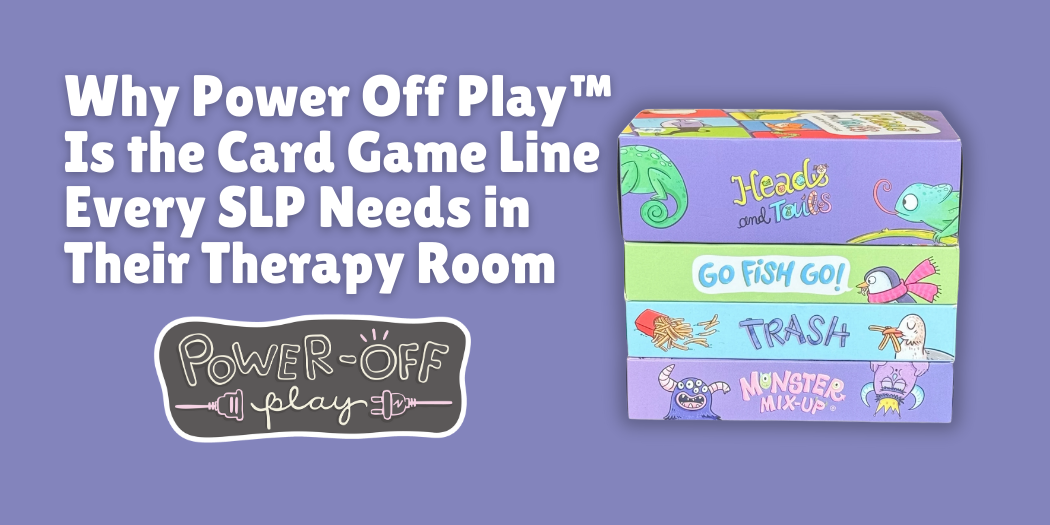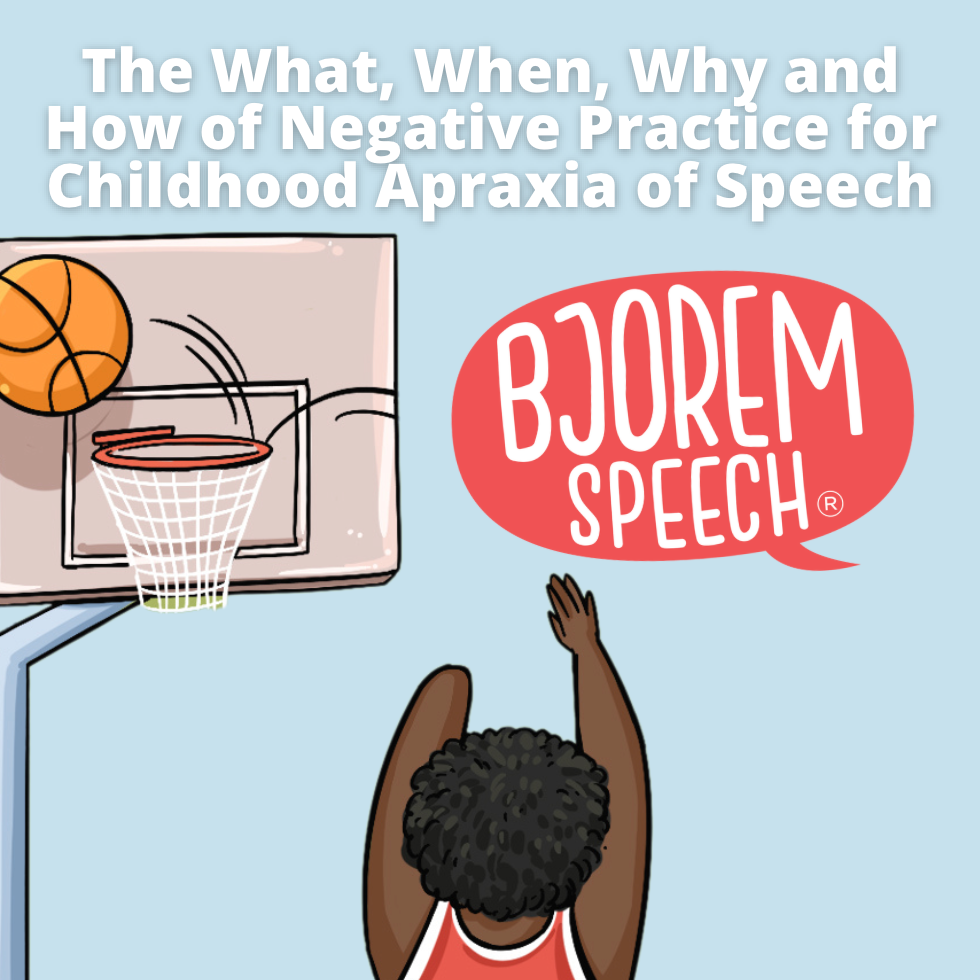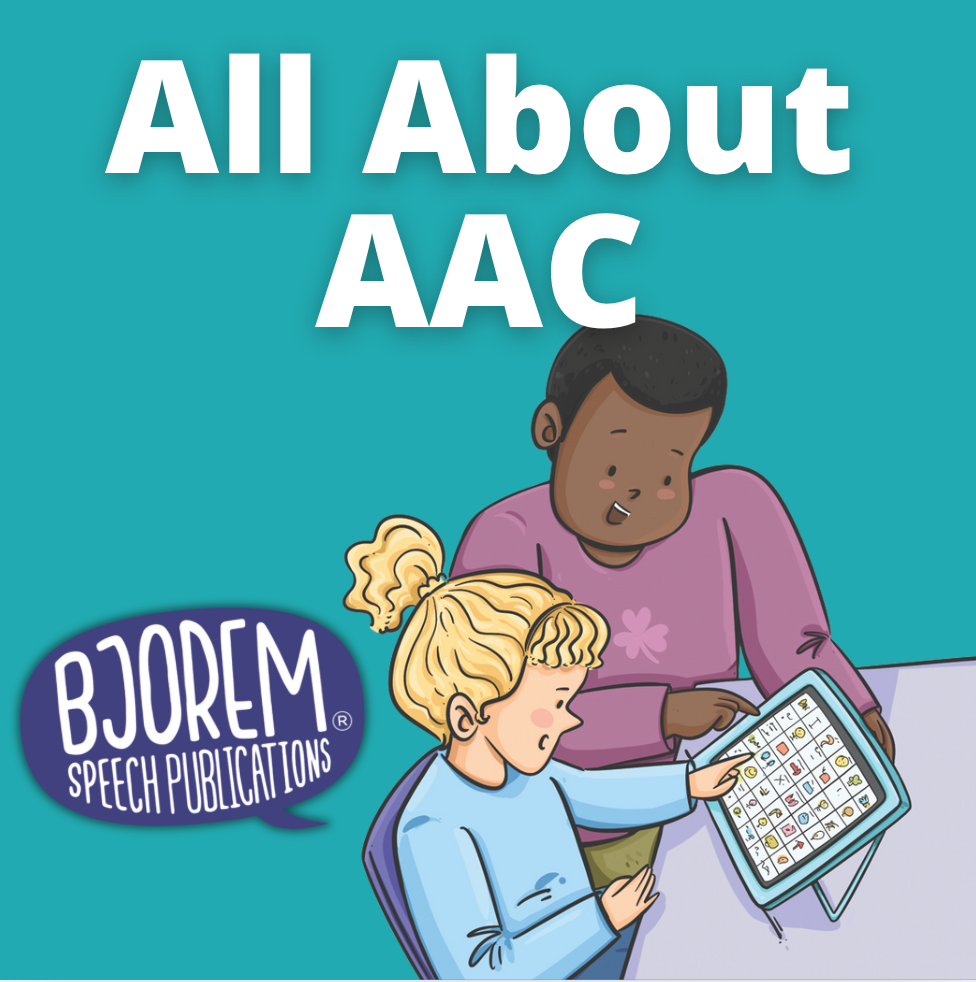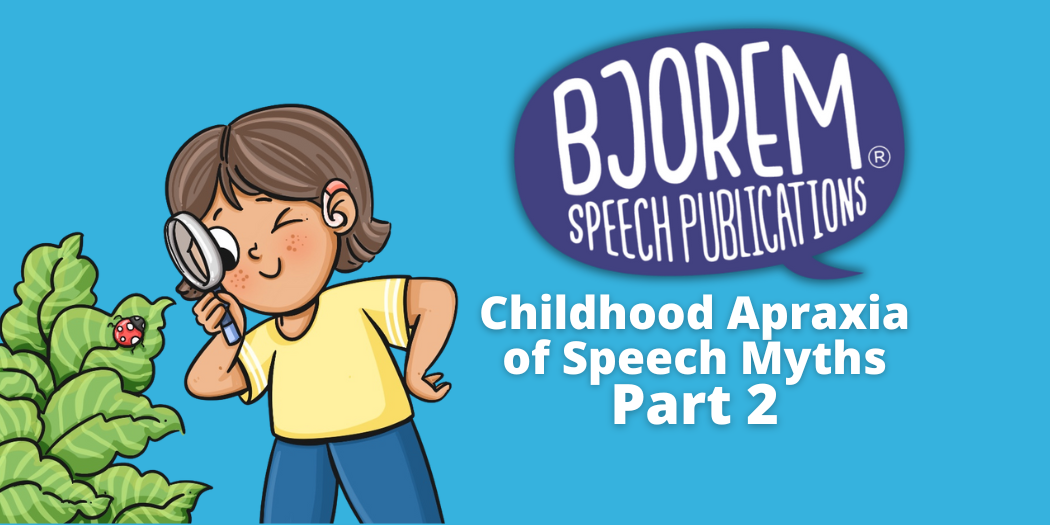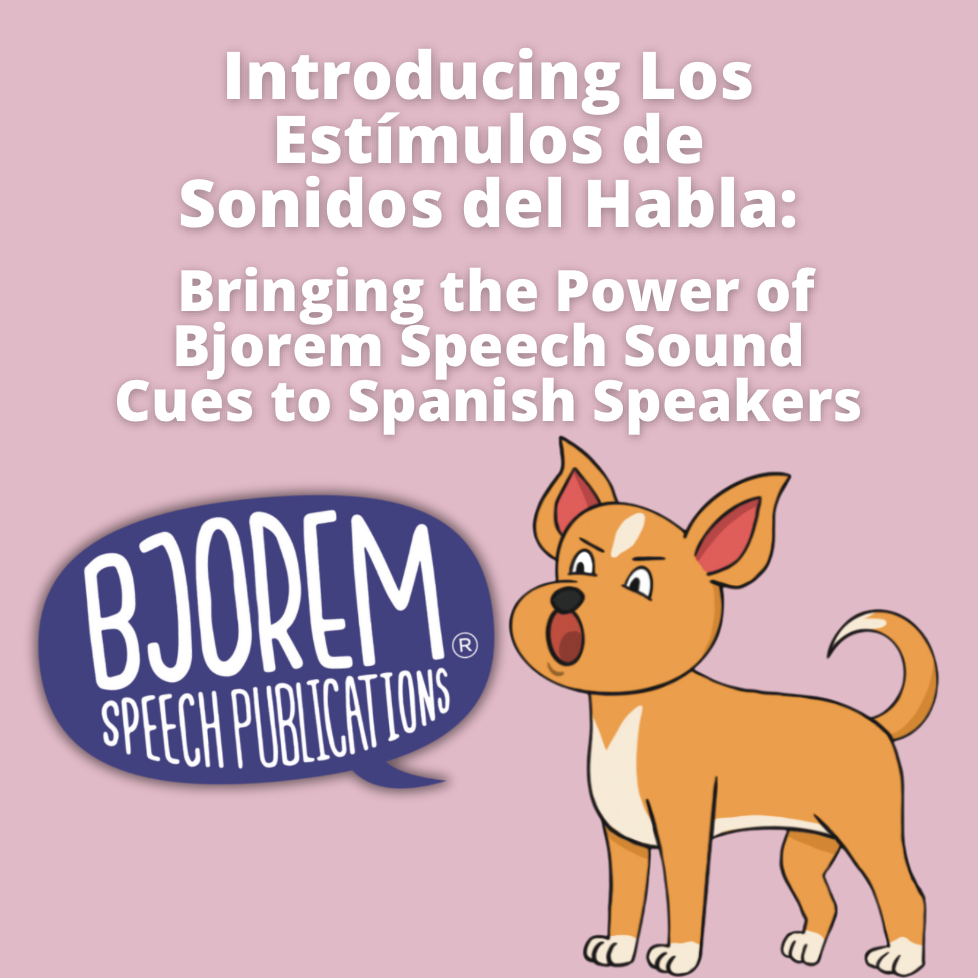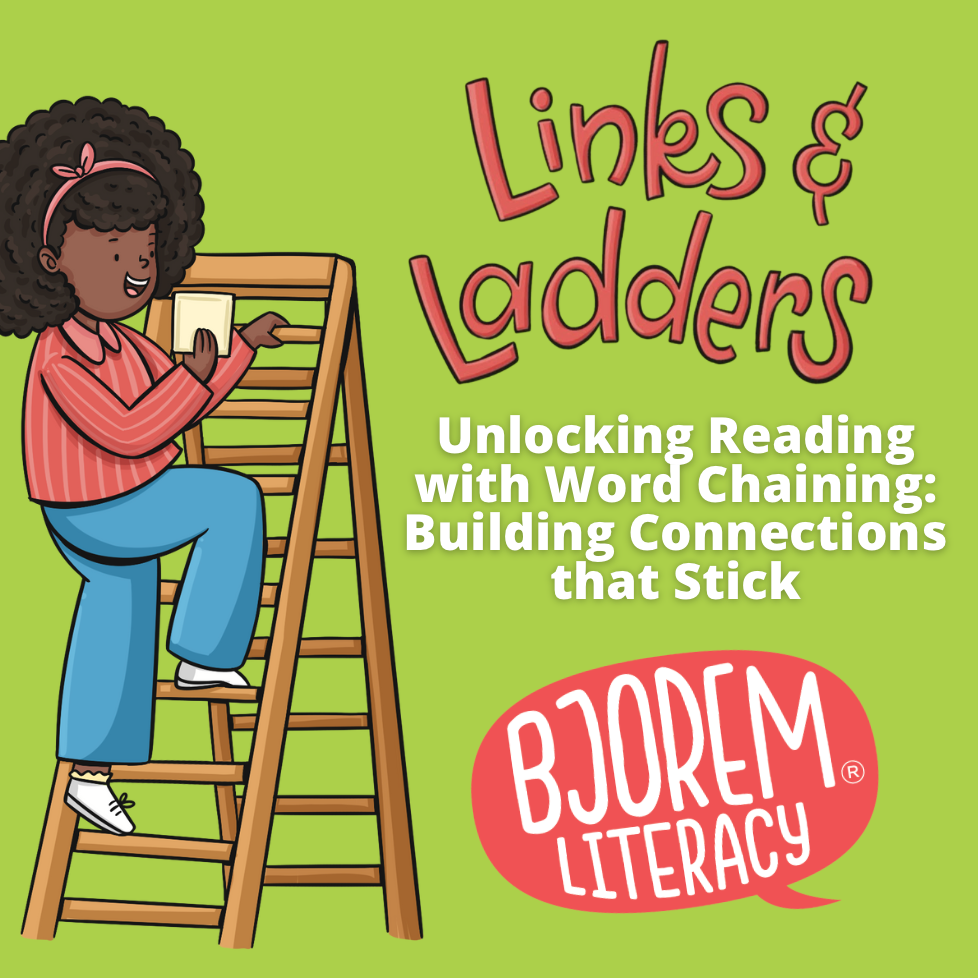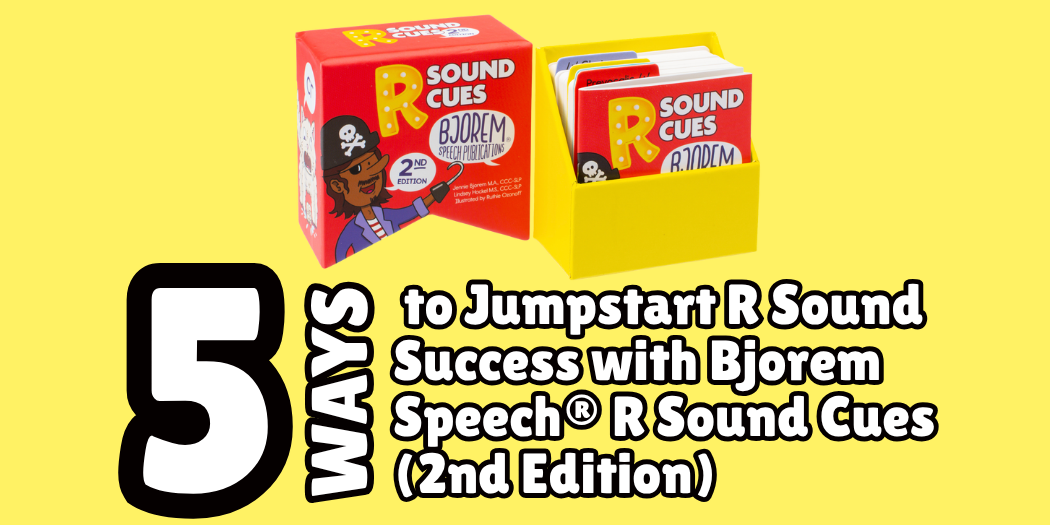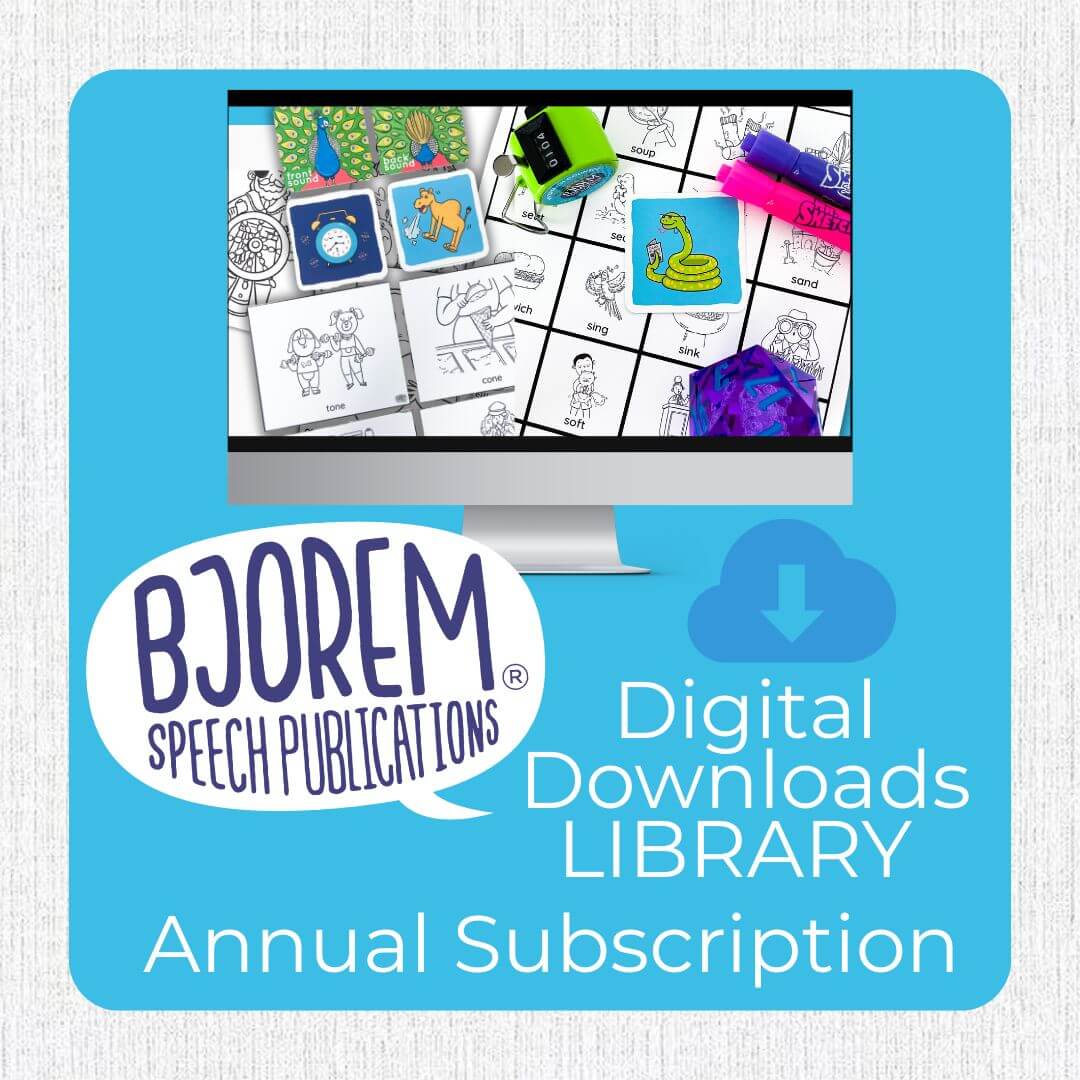Dynamic Temporal and Tactile Cueing (DTTC) for Childhood Apraxia of Speech (CAS)
What is DTTC?
Dynamic Temporal and Tactile Cueing (DTTC) is an evidence based treatment approach designed specifically for children with childhood apraxia of speech (CAS). Unlike traditional articulation or phonological therapy, DTTC does not focus on teaching individual sounds in isolation. Instead, it targets the movement gestures needed to produce speech, helping children plan, sequence, and refine the motor patterns that make talking possible.
At its core, DTTC is about teaching the brain how to move for speech. This makes it especially powerful for children with severe CAS who often struggle to make progress with more traditional methods.
Why DTTC Works
CAS is a motor based speech disorder. That means the primary challenge is not knowing what to say, it is figuring out how to move the lips, tongue, and jaw to say it. DTTC addresses this challenge directly by combining:
- Principles of motor learning: structured, high frequency practice that builds new motor skills
- Multisensory cueing: auditory, visual, and tactile supports that guide accurate movement
- A hierarchy of support: beginning with maximum help from the therapist and gradually fading until the child can produce words independently
This flexible, dynamic process allows the speech language pathologist to meet the child where they are and fine tune support in real time.
The Eight Step Hierarchy in DTTC
One of the unique strengths of DTTC is its use of a structured hierarchy. The therapist begins with the most supportive level and gradually reduces cues as the child gains independence. Each step helps build toward accurate and spontaneous speech production.
-
Direct imitation: The child immediately repeats the therapist’s model.
-
Simultaneous production with support: The therapist and child say the target together slowly, often with tactile or gestural cues to shape accuracy.
-
Reduced vowel length: Speech is sped up slightly, with vowels shortened to sound more natural.
-
Normal rate: Practice continues until the child can match the therapist’s rate and natural prosody.
-
Fading of the therapist’s voice: The therapist gradually reduces vocal loudness until they are mouthing while the child produces the word aloud.
-
Direct imitation without support: The child repeats after hearing the target while watching the therapist’s face, without additional cues.
-
Delayed imitation: The child waits one to two seconds before repeating, which challenges motor planning and memory.
-
Spontaneous production: The child begins to use the words independently in natural contexts such as answering questions, completing phrases, or during play.
This hierarchy is not rigid. The therapist moves up and down steps depending on the child’s success, always adjusting support so the child experiences accurate movement and successful practice. You can find our hierarchy handout here for free.
How DTTC is Different
In many therapy approaches, practice begins with sounds in isolation and then gradually builds into words and phrases. With CAS, that approach does not work well. Children with CAS often have difficulty with coarticulation, the way sounds blend together in natural speech.
That is why DTTC begins with real words and syllable shapes instead of isolated sounds. Practice focuses on smooth, connected speech movements rather than broken apart sound drills.
Think of it this way: instead of teaching a child to stack single bricks, DTTC helps them build the entire wall.
Key Features of DTTC
• Intensive practice with short, frequent sessions and many repetitions
• Flexible cueing where the therapist provides as much support as needed, including slowing speech, using touch or gesture cues, and modeling together, then fades those cues as the child becomes more accurate
• Focus on movement, not just sounds, with targets chosen based on syllable shapes and movement complexity rather than simply missing phonemes
• Proprioceptive awareness that helps children learn not only how speech sounds but also how it feels to move correctly
Who Benefits from DTTC?
DTTC was created for children with severe CAS, especially those who may not have made progress in other therapy approaches. These are children who:
• Struggle to imitate speech sounds and words, even with lots of help
• Have very limited verbal output
• Need significant support to coordinate accurate movements for speech
While DTTC was designed for severe cases, many children with moderate CAS also benefit from its structured, motor based approach.
What Therapy Looks Like
A DTTC session often begins with maximum support, the therapist and child saying a word together with varying prosody, intact stress, slowly with tactile, visual, or gesture cues as needed. As the child improves, the therapist gradually:
• Speeds up the rate of speech
• Reduces vowel length to sound more natural
• Lowers vocal support, moving from speaking together to the child producing alone
• Adds delays so the child learns to hold the motor plan in mind before speaking
The ultimate goal is spontaneous speech, words and phrases the child can produce independently and use in everyday communication.
Why DTTC Matters
For families and clinicians, one of the most frustrating things about CAS is watching a child want to talk but struggle to coordinate the movements. DTTC gives us a clear, evidence based framework to break through those barriers.
By focusing on movement rather than sound production, DTTC helps children develop:
• More accurate speech movements
• Greater speech intelligibility
• Confidence to use their voice in real life communication
It is not just about practice, it is about progress that carries over into the child’s daily world.
Bringing It All Together
Dynamic Temporal and Tactile Cueing is more than a therapy technique, it is a powerful way to unlock communication for children with CAS. Grounded in decades of clinical experience and research, DTTC provides the structure, intensity, and flexibility that these children need to succeed.
At Bjorem Speech®, we are passionate about helping speech language pathologists deliver evidence based, connection focused therapy that makes a real difference. DTTC is one of the most impactful tools we have for treating childhood apraxia of speech and when used well, it can be life changing for the children and families we serve.
References
Strand E. A. (2020). Dynamic Temporal and Tactile Cueing: A Treatment Strategy for Childhood Apraxia of Speech. American journal of speech-language pathology, 29(1), 30–48. https://pubs.asha.org/doi/10.1044/2019_AJSLP-19-0005
Child Apraxia Treatment. (n.d.). Dynamic Temporal and Tactile Cueing (DTTC). https://childapraxiatreatment.org/dttc/

